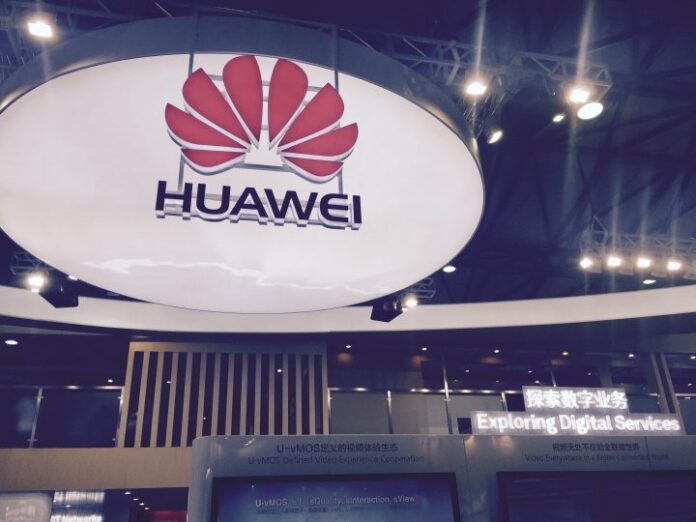Huawei is diversifying its portfolio as well as increasing R&D spending and focusing on operational efficiency, given the growing challenges faced by the vendor this year, which are even higher compared to 2021, rotating chairman Ken Hu said in his keynote presentation at the Huawei Global Analyst Summit 2022.
Among the current challenges faced by Huawei, Hu highlighted trade restrictions, geo-political conflicts, Covid-19, global inflation and foreign exchange fluctuations. “Surviving sustainably is very important for the company,” he added.
The executive said that these challenges made it imperative that Huawei’s business groups avoid high-risk areas, adding that the company needed to work hard to overcome these challenges.
Regarding the increase in R&D spending, Huawei invested CNY142.7 billion ($21.8 billion) last year, representing 22.4% of the vendor’s total revenue.
“We are currently focusing on three areas: Strengthening our approach to innovation, equipping all industries with the tools and knowledge they need to go digital, and helping build a low-carbon world,” he added.
In terms of connectivity, Huawei announced its vision to enable 10 Gbps connections everywhere with so-called “5.5G” and “F5.5G”. The Chinese company noted that these technologies will support a broader range of niche network requirements, including a more immersive experience in homes as well as the low latency and high reliability needed for industrial control scenarios.
In terms of computing, Huawei said it is redefining system architectures for individual nodes, foundational software, and data centers with the aim of increasing system performance and energy efficiency.
Commenting on developments in the cloud space, Hu highlighted that Huawei is building MetaStudio, a cloud-based, end-to-end digital content pipeline that will expedite digital content production.
Huawei said it is also adapting its products and product portfolios to different industrial scenarios, adding that the company will start pre-integrating and pre-verifying products, with the goal of making digital transformation easier for its customers and partners.
The executive also said that Huawei is developing system-level low-carbon solutions for green ICT infrastructure, focusing on wireless base stations and data centers.
“We have to keep the ball rolling through nonstop innovation, creating value for customers and society,” Hu said. “We look forward to working more closely with our customers and partners to build a greener intelligent world.”
Due to a lack of chips as a consequence of the ban imposed by the U.S. government, Huawei’s smartphone business experienced a decline over the past two years, the executive added. “At the same time, however, it also gave us the opportunity to rethink our device business and how we can provide consumers with greater value,” Hu added.
In May 2019, the U.S. Department of Commerce added Huawei to its Entity List, a decision that effectively banned the company from buying parts and components from U.S. companies without U.S. government approval. Under the order, Huawei needs a U.S. government license to buy components from U.S. suppliers.
The U.S. government included Huawei in the Department of Commerce’s Entity List due to security concerns, as Washington believes that the Chinese government uses Huawei’s equipment for spying purposes.
Huawei’s founder and CEO, Ren Zhengfei previously said that Huawei considered that it was extremely unlikely that the Biden administration would lift the current restrictions.

